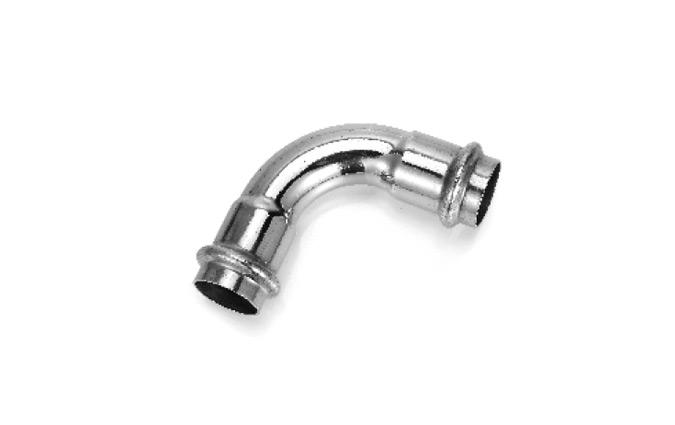In the quest for energy efficiency and sustainable living, the choice of insulation materials plays a pivotal role. As homeowners and builders increasingly seek eco-friendly alternatives to traditional insulation, the question arises: What is the best natural insulation? This article delves into various natural insulation materials, evaluating their properties, benefits, and applications to help you make an informed decision.
Understanding Natural Insulation
Natural insulation materials are derived from renewable resources and are often biodegradable, making them an environmentally friendly choice. Unlike synthetic options, which can release harmful chemicals, natural insulations offer a safer alternative for both human health and the planet. The effectiveness of insulation is measured by its R-value, which indicates its resistance to heat flow. Higher R-values signify better insulation performance.
Top Natural Insulation Materials
- Cellulose Insulation
- Composition: Made from recycled paper products, cellulose insulation is treated with fire retardants to enhance safety.
- R-Value: Approximately R-3.1 to R-3.7 per inch.
- Benefits: Cellulose is highly effective at reducing air leaks due to its ability to conform to irregular spaces. It also has excellent soundproofing qualities and is one of the most sustainable options available, as it utilizes post-consumer waste.
- Cotton (Denim) Insulation
- Composition: Recycled cotton or denim fabric, often treated with a non-toxic fire retardant.
- R-Value: Around R-3.5 per inch.
- Benefits: Cotton insulation is safe to handle, non-toxic, and provides good thermal and acoustic insulation. Its moisture-wicking properties help prevent mold growth, making it suitable for humid climates.
- Sheep’s Wool Insulation
- Composition: Natural wool fibers from sheep, often treated with a biodegradable fire retardant.
- R-Value: Approximately R-3.5 to R-4.0 per inch.
- Benefits: Wool insulation is highly effective at regulating temperature and humidity, absorbing excess moisture without compromising its insulating properties. It is also naturally pest-resistant and biodegradable.
- Hemp Insulation
- Composition: Made from the fibers of the hemp plant, often combined with lime for added strength.
- R-Value: About R-3.5 per inch.
- Benefits: Hemp insulation is highly sustainable, as hemp grows rapidly and requires minimal pesticides. It offers excellent thermal performance and is resistant to mold and pests.
- Wood Fiber Insulation
- Composition: Made from wood chips or sawdust, processed into boards or batts.
- R-Value: Approximately R-3.2 to R-4.0 per inch.
- Benefits: Wood fiber insulation is breathable, allowing moisture to escape while providing excellent thermal performance. It is also a carbon-negative material, contributing to lower overall carbon emissions.
Factors to Consider When Choosing Natural Insulation
When selecting the best natural insulation for your project, consider the following factors:
- Climate: Different materials perform better in varying climates. For instance, wool's moisture-regulating properties make it ideal for humid areas, while cellulose excels in colder climates due to its density.
- Installation: Some natural insulations, like cellulose, require professional installation, while others, like cotton batts, can be a DIY project.
- Cost: While natural insulations can be more expensive upfront, their long-term energy savings and sustainability benefits often outweigh initial costs.
- Environmental Impact: Assess the lifecycle of the insulation material, including its production, transportation, and disposal. Opt for materials with lower environmental footprints.
Conclusion
In the realm of natural insulation, there is no one-size-fits-all solution. The best natural insulation for your needs will depend on various factors, including climate, budget, and specific performance requirements. Cellulose, cotton, sheep’s wool, hemp, and wood fiber each offer unique benefits that cater to different applications. By choosing natural insulation, you not only enhance the energy efficiency of your home but also contribute to a more sustainable future. As we continue to prioritize eco-friendly building practices, understanding and utilizing the best natural insulation options will be crucial in our journey toward greener living.

